BMW iX1 vs VW ID.3 – erot ja hinnat vertailussa
Kustannukset ja kulutus
Hinta ja tehokkuus ovat usein ensimmäiset valintakriteerit auton ostossa. Tässä näkyy, kumpi malli on pitkällä aikavälillä edullisempi – tankatessa, ladatessa tai hankintahinnassa.
VW ID.3 on hinnassa selvä edullisempi – sen lähtöhinta on 33300 €, kun taas BMW iX1 maksaa 48800 €. Ero on noin 15470 €.
Sähkönkulutuksessa etu on VW ID.3:lla: se kuluttaa 14.50 kWh /100 km ja on kevyt energiatehokkaampi kuin BMW iX1, jonka kulutus on 15.80 kWh. Ero on noin 1.30 kWh.
Toimintamatkassa VW ID.3 suoriutuu erottuva paremmin: se yltää jopa 605 km:een, noin 142 km enemmän kuin BMW iX1.
Moottori ja suorituskyky
Teho, vääntömomentti ja kiihtyvyys ovat autoharrastajien klassisia mittareita – ja erot tulevat tässä hyvin esiin.
Moottoritehossa VW ID.3 on vähäinen etulyöntiasemassa – 326 hv verrattuna 313 hv:een. Ero on noin 13 hv hv.
Kiihdytyksessä 0–100 km/h BMW iX1 on tuskin havaittava nopeampi – se saavuttaa 100 km/h ajassa 5.60 s, kun taas VW ID.3 tarvitsee 5.70 s. Ero on noin 0.10 s sekuntia.
Huippunopeudessa VW ID.3 on tuskin havaittava edellä – se yltää 200 km/h:een, kun taas BMW iX1 saavuttaa 180 km/h. Ero on noin 20 km/h.
Myös vääntömomentissa näkyy ero: VW ID.3 vetää tuskin havaittava voimakkaammin, 545 Nm verrattuna 494 Nm:een. Eroa on noin 51 Nm.
Tila ja käytännöllisyys
Tehon ohella arjessa ratkaisevat mukavuus ja käytännöllisyys. Tässä selviää, kumpi auto on monipuolisempi ja tilavampi.
Istuimet: tarjoaa enemmän istumapaikkoja – vs. .
Omapainossa VW ID.3 on vähäinen kevyempi – 1787 kg verrattuna 1940 kg:een. Painoero on noin 153 kg.
Tavaratilan koossa BMW iX1 tarjoaa erottuva enemmän – 490 L verrattuna 385 L:een. Ero on noin 105 L.
Maksimikantavuudessa BMW iX1 pärjää vähän paremmin – jopa 1495 L, noin 228 L enemmän kuin VW ID.3.
Kantavuudessa BMW iX1 on tuskin havaittava parempi – 495 kg verrattuna 473 kg:een. Ero on noin 22 kg.
Kuka voittaa vertailun?
VW ID.3 osoittautuu olevan ylittää lähes kaikilla osa-alueilla ja saa siksi tittelin DriveDuel Champion!
Tässä vertailussa VW ID.3 on monipuolisempi kokonaisuus.
 @ Volkswagen AG / VW Media
@ Volkswagen AG / VW Media
VW ID.3
Kustannukset ja kulutus
Näytä yksityiskohtainen analyysi
Moottori ja suorituskyky
Näytä yksityiskohtainen analyysi
Mitat ja kori
Näytä yksityiskohtainen analyysi
BMW iX1
BMW iX1 on pirteä ja hillitty sähköinen katumaasturi, joka säilyttää BMW:n ajamisen ilon mutta on suunniteltu arjen käyttöön. Se tuntuu laadukkaalta, viihtyisältä ja fiksusti varustellulta valinnalta ostajalle, joka haluaa sähköautoa ilman turhaa pröystäilyä.
Tiedot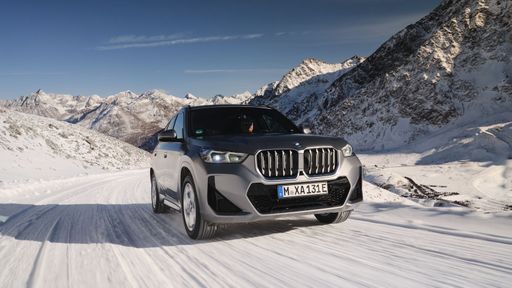 @ BMW Group Press
@ BMW Group Press
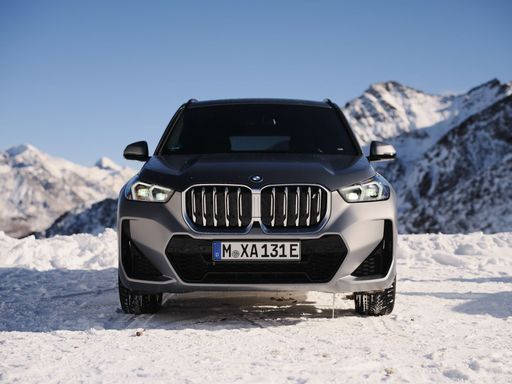 @ BMW Group Press
@ BMW Group Press
 @ BMW Group Press
@ BMW Group Press
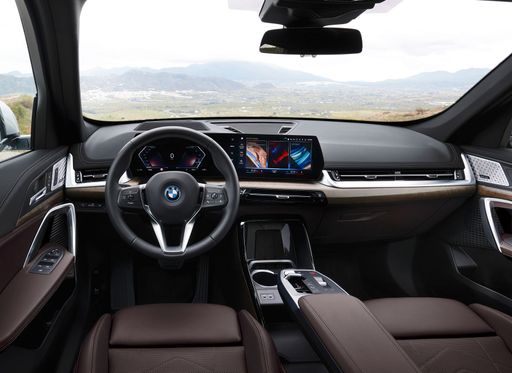 @ BMW Group Press
@ BMW Group Press
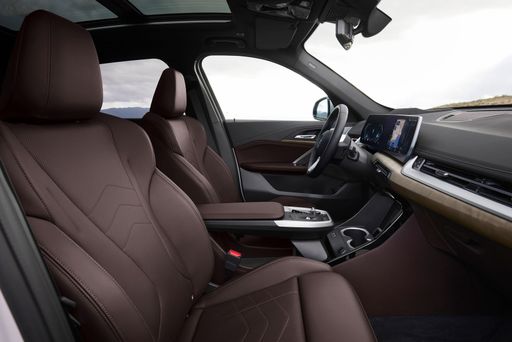 @ BMW Group Press
@ BMW Group Press
VW ID.3
VW ID.3 on käytännöllinen ja ketterä sähköauto, jonka moderni ja avara sisustus tuntuu ajatellulta arjen matkustukseen. Se on ostajalle fiksu valinta: mukava pidemmilläkin siirtymillä, ketterä kaupungissa ja tekniikka käytännöllistä ilman turhaa häröilyä.
Tiedot @ Volkswagen AG / VW Media
@ Volkswagen AG / VW Media
 @ Volkswagen AG / VW Media
@ Volkswagen AG / VW Media
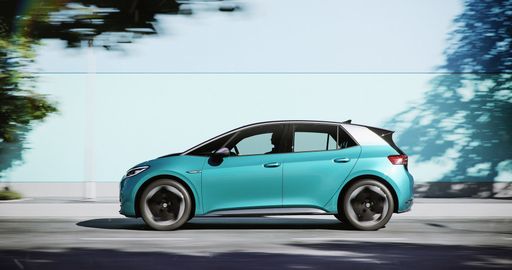 @ Volkswagen AG / VW Media
@ Volkswagen AG / VW Media
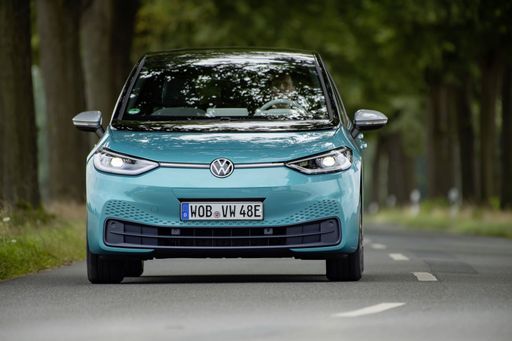 @ Volkswagen AG / VW Media
@ Volkswagen AG / VW Media
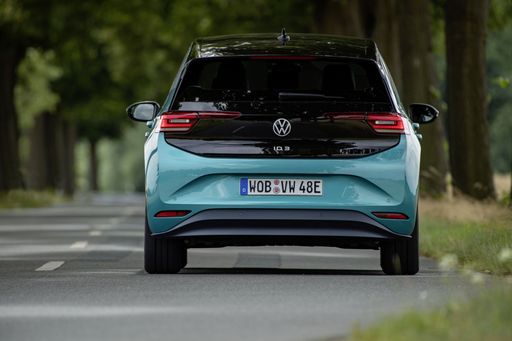 @ Volkswagen AG / VW Media
@ Volkswagen AG / VW Media
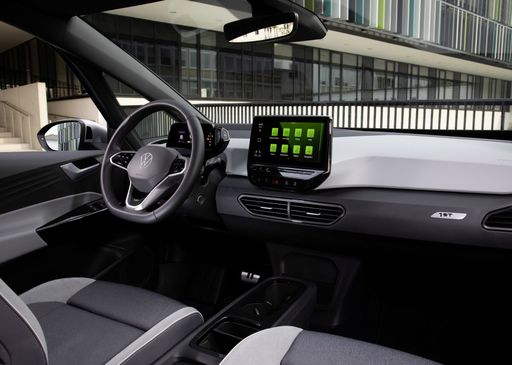 @ Volkswagen AG / VW Media
@ Volkswagen AG / VW Media
 @ Volkswagen AG / VW Media
@ Volkswagen AG / VW Media
 @ BMW Group Press
@ BMW Group Press
|
 @ Volkswagen AG / VW Media
@ Volkswagen AG / VW Media
|
|
|
|
Kustannukset ja kulutus |
|
|---|---|
|
Hinta
48800 - 63700 €
|
Hinta
33300 - 57500 €
|
|
Kulutus L/100km
-
|
Kulutus L/100km
-
|
|
Kulutus kWh/100km
15.8 - 17.1 kWh
|
Kulutus kWh/100km
14.5 - 15.8 kWh
|
|
Sähköinen toimintasäde
436 - 463 km
|
Sähköinen toimintasäde
383 - 605 km
|
|
Akun kapasiteetti
64.80 kWh
|
Akun kapasiteetti
52 - 79 kWh
|
|
CO2
0 g/km
|
CO2
0 g/km
|
|
Polttoainesäiliön tilavuus
-
|
Polttoainesäiliön tilavuus
-
|
Mitat ja kori |
|
|---|---|
|
Kori
SUV
|
Kori
Hatchback
|
|
Istuimet
5
|
Istuimet
5
|
|
Ovet
5
|
Ovet
5
|
|
Omamassa
1940 - 2085 kg
|
Omamassa
1787 - 1993 kg
|
|
Tavaratila
490 L
|
Tavaratila
385 L
|
|
Pituus
4500 mm
|
Pituus
4264 mm
|
|
Leveys
1845 mm
|
Leveys
1809 mm
|
|
Korkeus
1616 mm
|
Korkeus
1564 mm
|
|
Maksimi tavaratila
1495 L
|
Maksimi tavaratila
1267 L
|
|
Kantavuus
495 kg
|
Kantavuus
437 - 473 kg
|
Moottori ja suorituskyky |
|
|---|---|
|
Moottorityyppi
Sähkö
|
Moottorityyppi
Sähkö
|
|
Vaihteisto
Automaatti
|
Vaihteisto
Automaatti
|
|
Vaihteiston tyyppi
Alennusvaihteisto
|
Vaihteiston tyyppi
Alennusvaihteisto
|
|
Vetotapa
Etuveto, Neliveto
|
Vetotapa
Takaveto
|
|
Teho hv
204 - 313 hv
|
Teho hv
170 - 326 hv
|
|
Kiihtyvyys 0-100 km/h
5.6 - 8.6 s
|
Kiihtyvyys 0-100 km/h
5.7 - 8.2 s
|
|
Huippunopeus
170 - 180 km/h
|
Huippunopeus
160 - 200 km/h
|
|
Vääntömomentti
250 - 494 Nm
|
Vääntömomentti
310 - 545 Nm
|
|
Sylinterien lukumäärä
-
|
Sylinterien lukumäärä
-
|
|
Teho kW
150 - 230 kW
|
Teho kW
125 - 240 kW
|
|
Iskutilavuus
-
|
Iskutilavuus
-
|
Yleiset |
|
|---|---|
|
Mallivuosi
2022 - 2023
|
Mallivuosi
2024 - 2025
|
|
CO2-tehokkuusluokka
A
|
CO2-tehokkuusluokka
A
|
|
Merkki
BMW
|
Merkki
VW
|
Onko BMW iX1 saatavana eri vetotavoilla?
BMW iX1 on saatavilla Etuveto tai Neliveto-vetotavalla.
Näytetyt hinnat ja tiedot ovat arvioita, jotka perustuvat Saksan listahintoihin, ja voivat vaihdella maittain. Nämä tiedot eivät ole oikeudellisesti sitovia.
